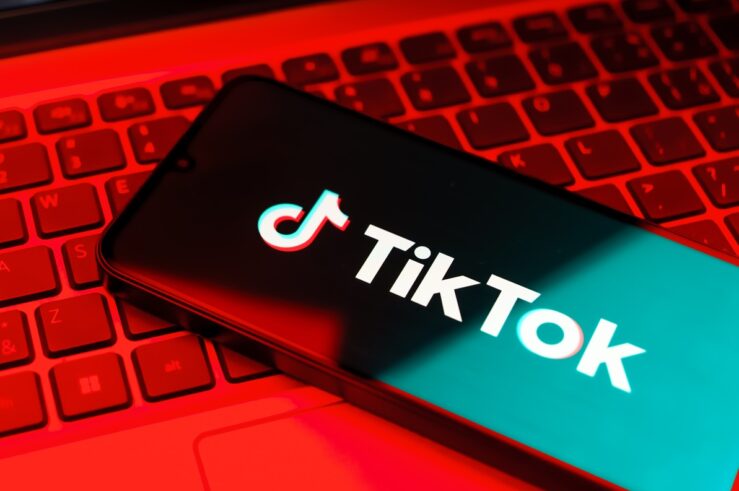This article is a part of the Unlocking the Law Symposium symposium.
Fifteen years ago I published an article urging that non-lawyers be allowed to finance the cost of legal representation in return for a percentage of a judgment or settlement if the plaintiff is successful. Common law prohibitions on champerty were widely believed at the time to prohibit third parties from buying an interest in litigation. Few such litigation funding arrangements were available for plaintiffs, and lawyers perhaps predictably looked upon them with disfavor. See Litigating on a Contingency: A Monopoly of Champions or a Market for Champerty?, 70 Chicago-Kent Law Review 625-697 (1995) (Symposium on Fee Shifting).
Most other countries have enforced this prohibition against champerty evenhandedly against all market participants including lawyers. Risk averse or impecunious plaintiffs in those countries have few options if they cannot afford lawyers (legal services programs in a few countries sometimes cover plaintiffs’ expenses, and some countries allow lawyers to charge a “conditional fee” payable only if a client’s case has a predetermined level of success). In the United States, however, there is a wide open exception to the champerty prohibition: the contingent fee. The contingent fee bundles legal services with two other products: financing that postpones payment until the client receives proceeds from the litigation and an insurance arrangement whereby the lawyer absorbs all or part of the cost of the legal representation if it is unsuccessful (at a 33% contingent fee, the judgment or settlement amount must be at least three times the value of legal services for the lawyer to recover the full value of those services). The insurance premium is not a fixed amount, but is a percentage of the value of the plaintiffs’ case – the interest in litigation that the champerty doctrine otherwise prohibits. Id.
As perhaps predictable in a market where only one group of providers (lawyers) is allowed to sell products (litigation financing and insurance) and then bundle those products together with another product (legal services), there is concern about the competitiveness of pricing. Do lawyers compete against each other in pricing contingent fees, or is informational asymmetry between lawyers and plaintiffs too great for there to be effective price competition? Is it difficult for a plaintiff to discern whether a contingent fee is high because it is excessive or instead because the lawyer is a better lawyer (and the value of the legal services being financed and insured is therefore higher)? Why do so many contingent fees amount to 33% of recovery regardless of the potential damages in the case or its likely success, or the amount of work likely to be required, factors which presumably would price the percentage differently for different cases in a fully competitive market?
One solution is to regulate contingent fees, an intrusive approach that assumes the regulator can do a better job of ascertaining and fixing a fair fee than a client can do demanding a fair fee, because the client has limited options or limited information. A more market oriented approach, urged in my 1995 article, is to allow non-lawyers to sell the litigation financing and insurance unbundled from legal services so plaintiffs can themselves pay a lawyer at an hourly rate and then repay the financier/insurer a share of proceeds from the litigation. The market for the bundled product — a lawyers’ contingent fee — would function in the shadow of a market for unbundled products in which lawyers practice law and litigation financiers/insurers do the rest. Both markets might be more competitive.
Now, fifteen years later, litigation financing and insurance arrangements are gaining in popularity. Many of these arrangements are designed for plaintiffs’ lawyers who still charge contingent fees to their clients but who then borrow against the future fee from lenders willing to condition repayment on the success of the case. These lenders are repaid either a percentage of legal fees earned in the case or an agreed upon amount (considerably in excess of the loan amount) provided the case achieves a certain measure of success. Other litigation financing and insurance arrangements are sold to plaintiffs, allowing them to obtain cash payment for a portion of the value of their case, often after a favorable trial verdict but pending an appeal. Many of these plaintiffs still pay their lawyers a contingent fee, and if they eventually win must both pay their lawyer a flat percentage (usually 33%) and also repay the litigation financier the advance plus a considerable surcharge. To date, very few litigation financiers advance money to pay a plaintiffs’ lawyer an hourly rate to litigate the case. In sum, plaintiffs’ lawyers still sell the bundled product of legal services, litigation financing and insurance, and their rates do not appear to be coming down. Litigation financiers have sold their product either to the lawyers or to plaintiffs in need of extra cash for something other than paying lawyers.
The ABA is beginning to address the many conflicts of interest that can arise when plaintiffs’ lawyers work with litigation insurers and sometimes recommend them to clients. See ABA 20/20 Commission, Issues Paper Concerning Lawyers Involvement in Alternative Litigation Financing (November 23, 2010). The market I envisioned in 1995, in which litigation financiers/insurers compete head on with plaintiffs’ lawyers has not come to pass.
Have plaintiffs’ lawyers captured the market for litigation financing and insurance and turned it to their own ends? Are providers of these products so dependent upon lawyers to recommend their services to clients that they will not compete with lawyers? Is the contingent fee a pricing mechanism for plaintiffs’ lawyers with advantages for clients (including incentivizing the lawyer) that may outweigh disadvantages from less than competitive pricing?
And what happened to the common law champerty doctrine which recently has stood in the way of litigation financing less often than I initially believed it would? Some litigation financing arrangements are characterized as high interest loans, perhaps to avoid the champerty doctrine, but this approach can run into difficulty under usury laws. In most instances, litigation financiers acknowledge that they are buying a share of the lawsuit and they are presumably confident they can get away with it. And perhaps they are right because American courts have been letting lawyers get away with the same thing for so long that strictly applying the doctrine of champerty against new market entrants is a hypocrisy that few judges are willing to accommodate.
These are a few of the many questions that I intend to pursue when I revisit this topic in the near future.




